Inside the ghost town of abandoned fairytale castles
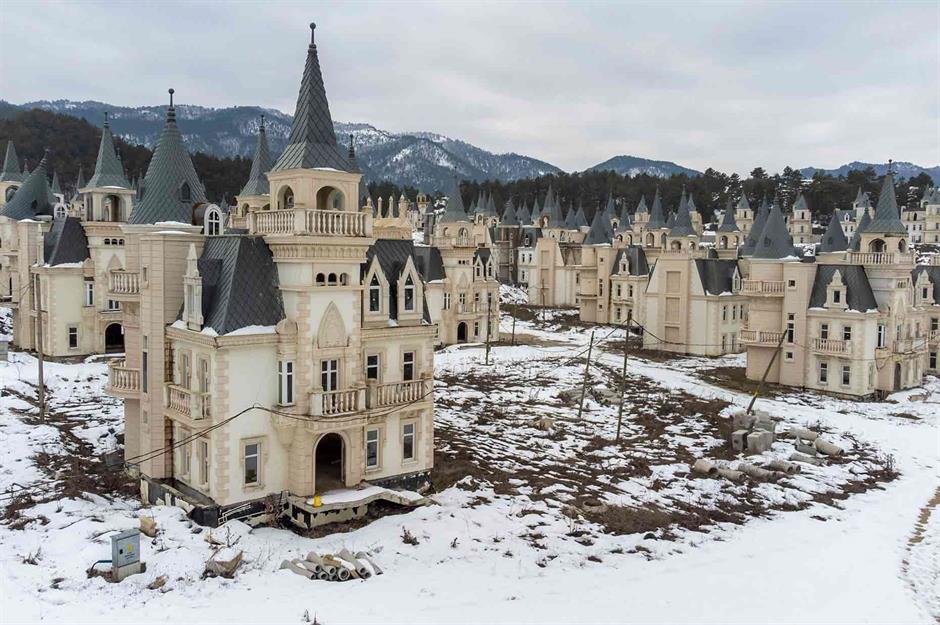
For its wealthy clientele, the Burj Al Babas resort offered opulent amenities and upscale châteaux with European influences; nonetheless, what had the potential to be an idyllic creation quickly devolved into a nightmare. After 12 years, there is still no chance of rescue for the location.
Discover this spooky abandoned village in Turkey, where fairytale mansions reminiscent of Disney lay empty in a sea of construction waste. Click or scroll to learn the peculiar tale of the abandoned development.
Frozen in time
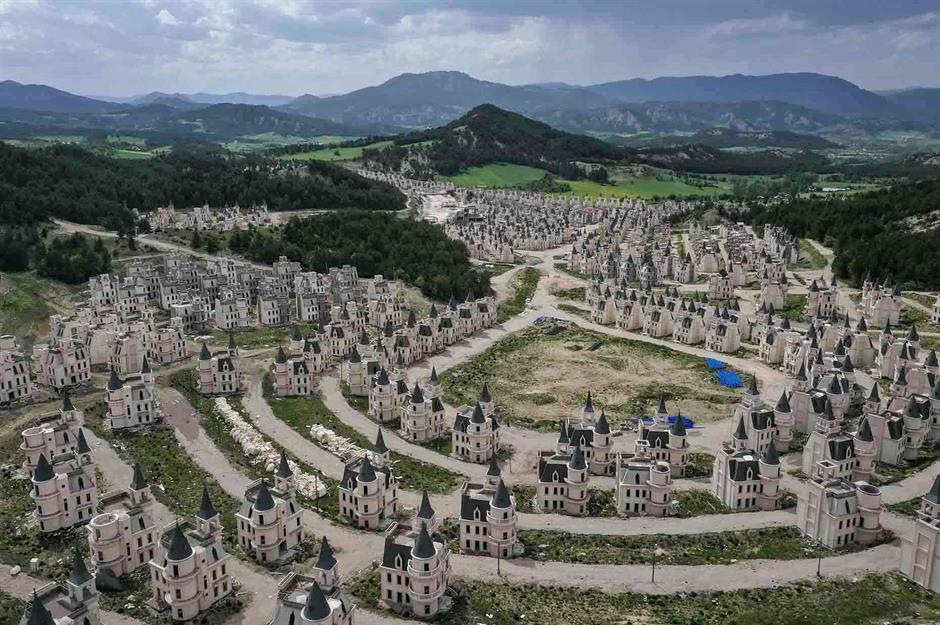
The history of this deteriorating community doesn’t, at least not yet, have a happy conclusion, despite the façades of a fairytale.
Nestled in the hills of northwest Turkey, Burj Al Babas, which was once the newest and most luxurious residential development, is now a very unsettling sight. It’s difficult to picture the masses of affluent Middle Eastern buyers that came to the development in its early days, given the state of the collapsing enclave.
From dream to financial disaster
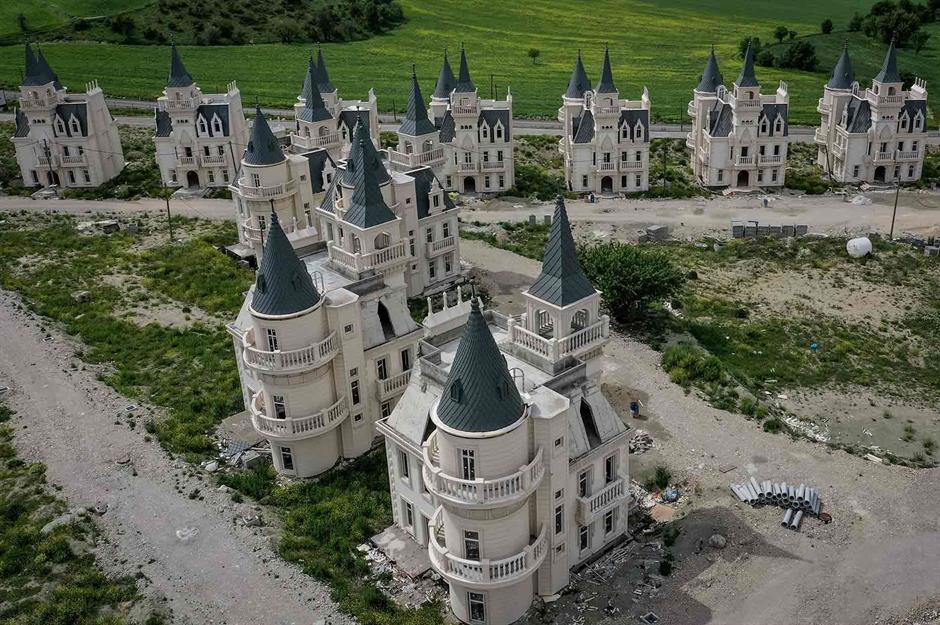
Hundreds of identical, row-after-row, turreted residences meet and divide into neat rows. What was once supposed to be a thriving, wealthy new town is now a bizarre ghost town that has been left to the vagaries of Mother Nature.
Burj Al Babas’s collapse is a compelling story of lofty goals, debate, and catastrophic losses that left the building’s future in jeopardy.
Continue reading to learn the history of this regrettable turn of events and how the dream turned into a catastrophe.
French inspiration
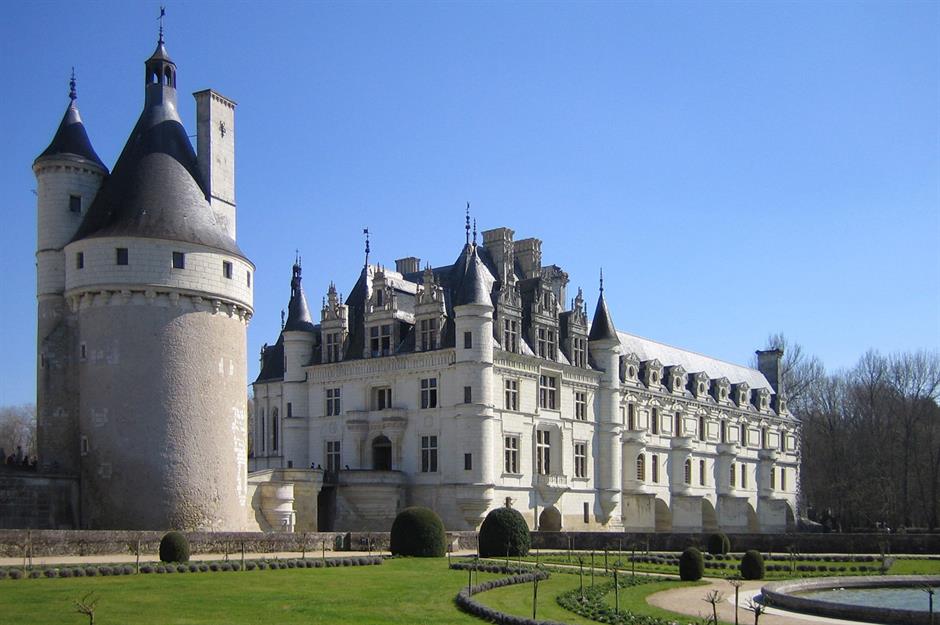
The project’s masterminds, the Sarot Group, lavished attention on a picturesque 250-acre plot of land near the storied town of Mudurnu in northwest Turkey.
Encouraged by a thriving real estate market, they envisioned a whimsical and romantic spa resort with 732 villas that was modeled by the conical Galata Tower in Istanbul and the Château de Chenonceau in the Loire Valley, France (see photo).
Around 2011, work on the extravagant $200 million (£160 million) development got underway.
Swish brochure
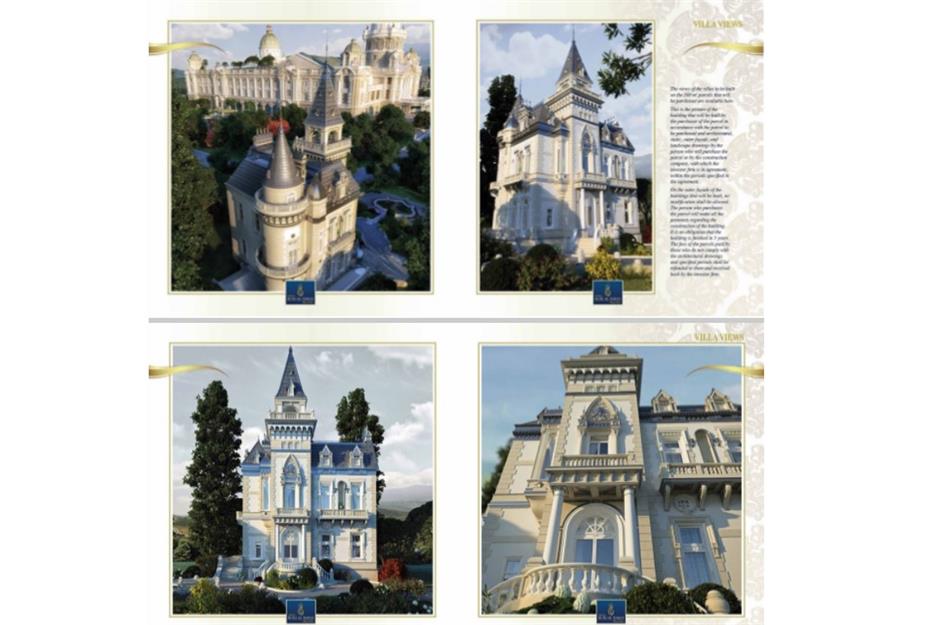
The Sarot Group, led by brothers Mehmet and Mezher Yerdelen and business partner Bulent Yilmaz, didn’t waste any time in creating an eye-catching brochure to appeal to their target audience: affluent Gulf vacationers.
Gulf travelers have long been lured to this region of Turkey by its temperate climate, lush surroundings, and peaceful spa towns.
The project’s name, “Burj,” which in Arabic means “tower” or “turret,” and “Al Babas,” which is the name of a well-known spa in the area, was chosen by the corporation.
Tourist attraction
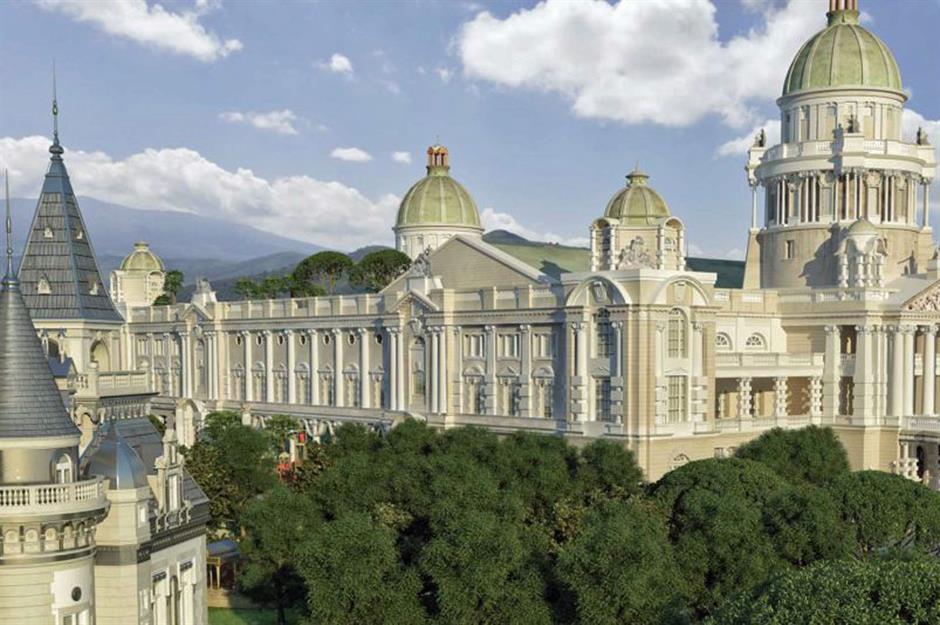
The focal point of the project was supposed to be a large recreation area housed in a neoclassical structure with architectural homages to the US Capitol, St. Peter’s Basilica in Rome, and St. Paul’s Cathedral in London.
The Sarot Group intended to take full advantage of this exceptional resource, the thermal springs that bubble beneath the development, which are renowned for their healing qualities.
They planned to provide the center complex with an array of breathtaking amenities, such as an indoor pool, Turkish baths, saunas, steam rooms, and an aqua park with water slides and streams. The waters, a renewable resource, would also have been used to heat the complex.
Luxe interiors
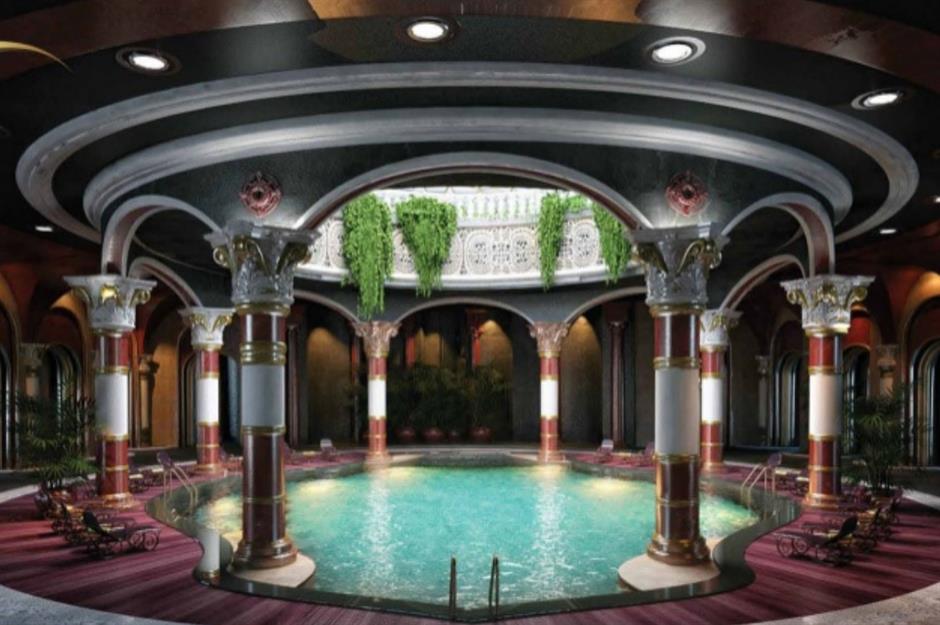
Burj Al Babas was to have had luxurious interiors, which, based on this rendering of an indoor pool beneath one of the building’s domes, would have been awash in pricey marble.
The center of the resort was supposed to house the spa along with a plethora of other opulent features. In addition to health and beauty centers, tennis and basketball courts, covered football fields, and movie theaters and boutiques, these also offered conference spaces, restaurants, theaters, kids’ play areas, and meeting rooms.
Fairytale estate
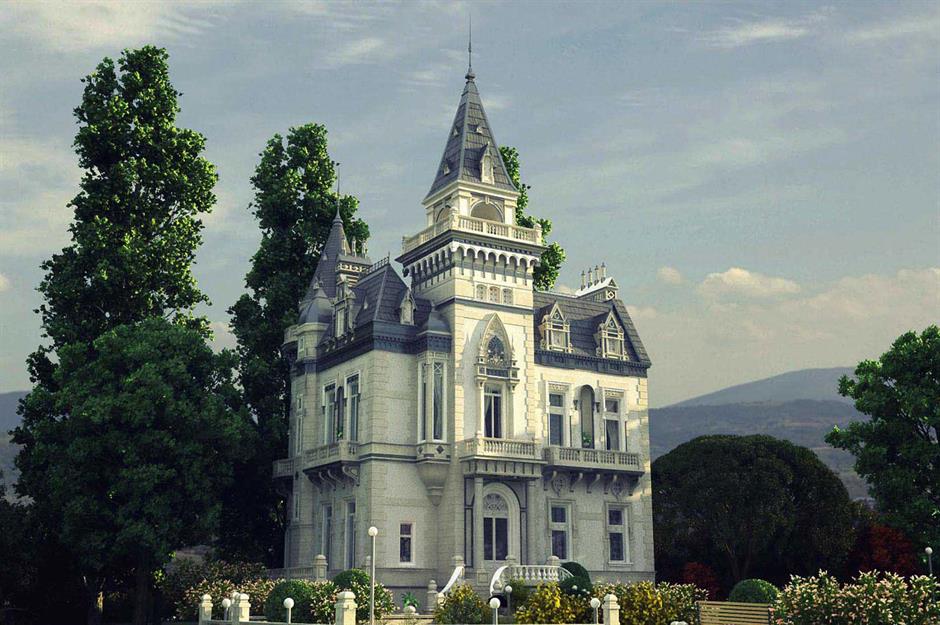
In the meantime, every one of the 732 planned homes was created with a whimsical architectural style that seemed like it belonged in a children’s book.
According to consultant architect Naci Yoruk, the unique château design was demanded by the clients. He obviously went all out, adding turrets reminiscent of Disney, mansard roofs, dormers, balconies with stone balustrades, and an abundance of ornamentation.
Sumptuous rooms
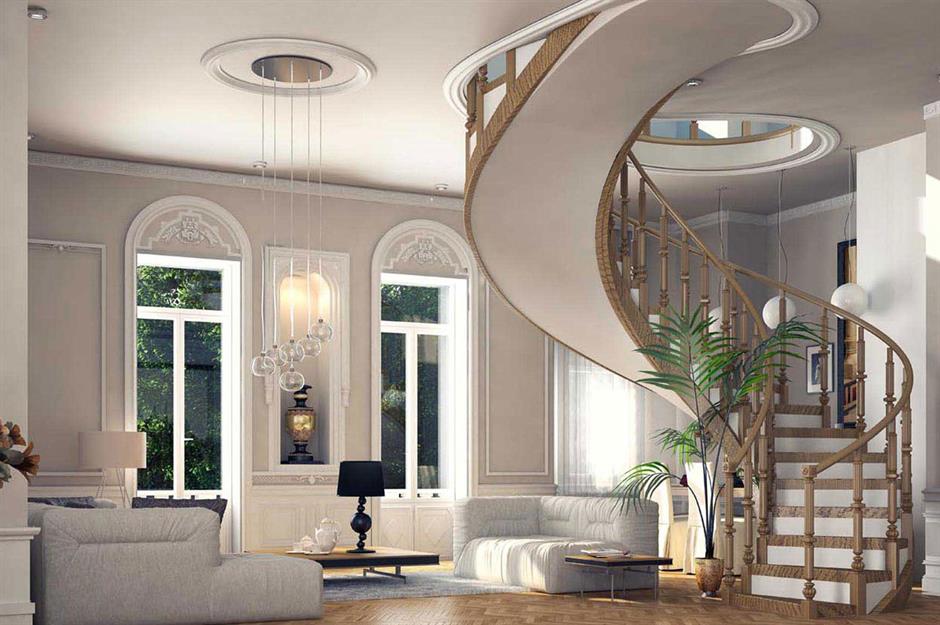
Originally, the insides of the fairytale homes were supposed to be just as stunning, if not more so. The rooms were to have high ceilings, elaborate plasterwork, parquet flooring, and other elegant features, along with a dramatic rooftop patio and a winding spiral staircase that led to the upper floor.
High-end touches
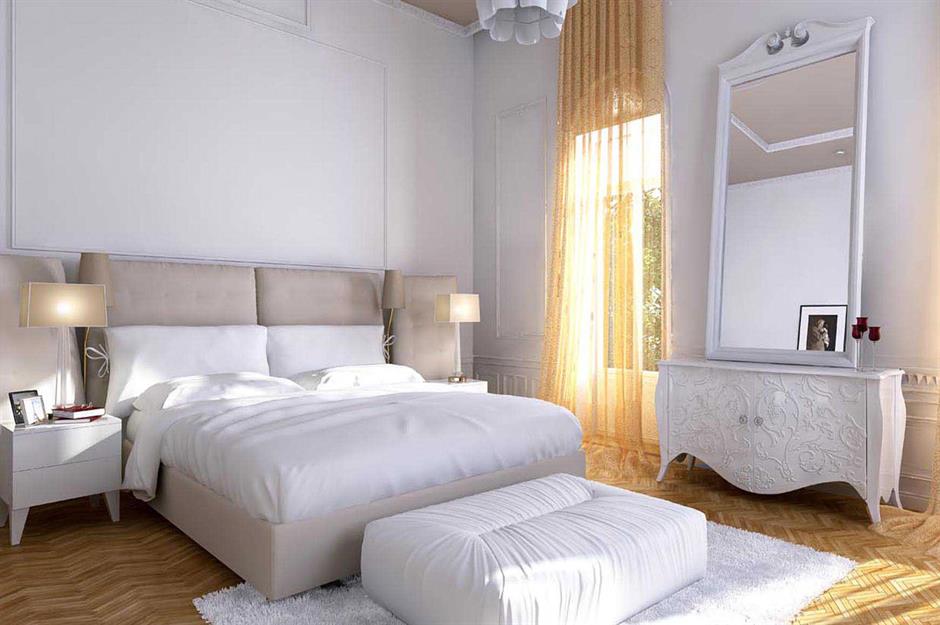
Each floor was to include a Jacuzzi where residents may soak in restorative spa waters; purchasers also had the choice of an indoor pool and elevator.
After work began, the Sarot Group established an office in Kuwait and began selling its utopian concept, with homes starting at $370,000 (£295k) and going up to $500,000 (£399k).
Local opposition
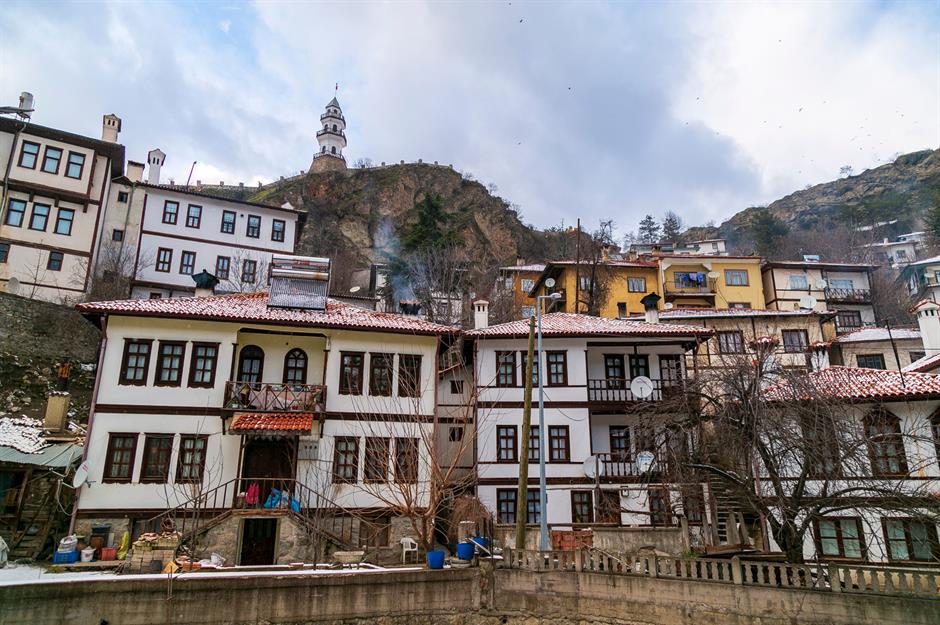
Local resistance to the contentious project was growing at the same time. Mehmet İnegöl, the mayor of Mudurnu at the time, is believed to have supported the development wholeheartedly, while some community members reportedly opposed it, claiming that the miniature châteaux were out of place and would eventually degrade the scenery.
Mudurnu, a Roman-era site that may be inducted into the UNESCO World Heritage List, is well-known for its unique Byzantine and Ottoman architecture.
Strong headwinds
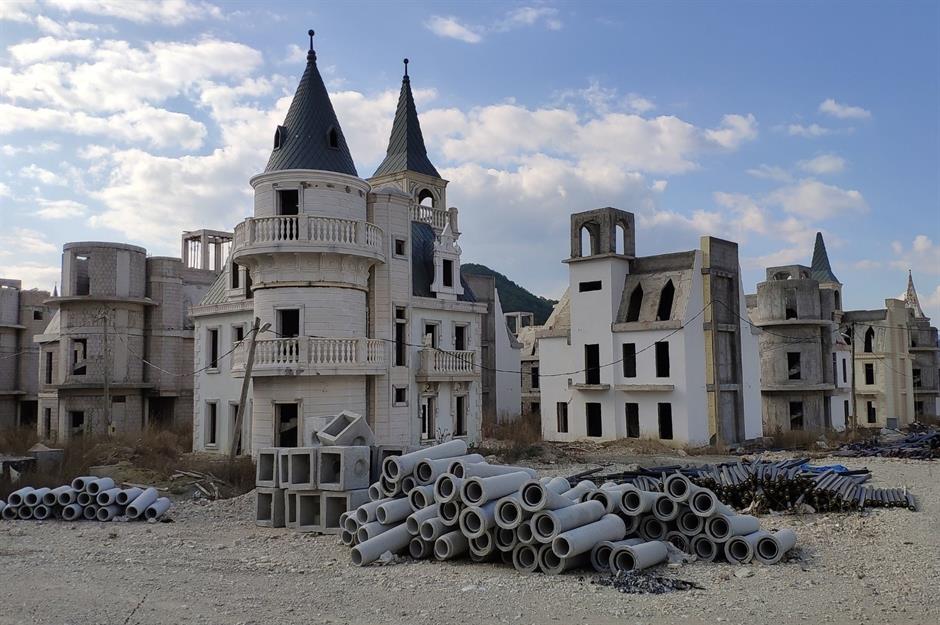
The target market for the developer was severely impacted financially by the collapsing Turkish economy and falling oil prices. Sales started to decline, but construction continued.
Though they were built to varying degrees of completion, 587 tiny châteaux had been built by the summer of 2018, of which only about 350 had been sold.
Cut-price payment plans
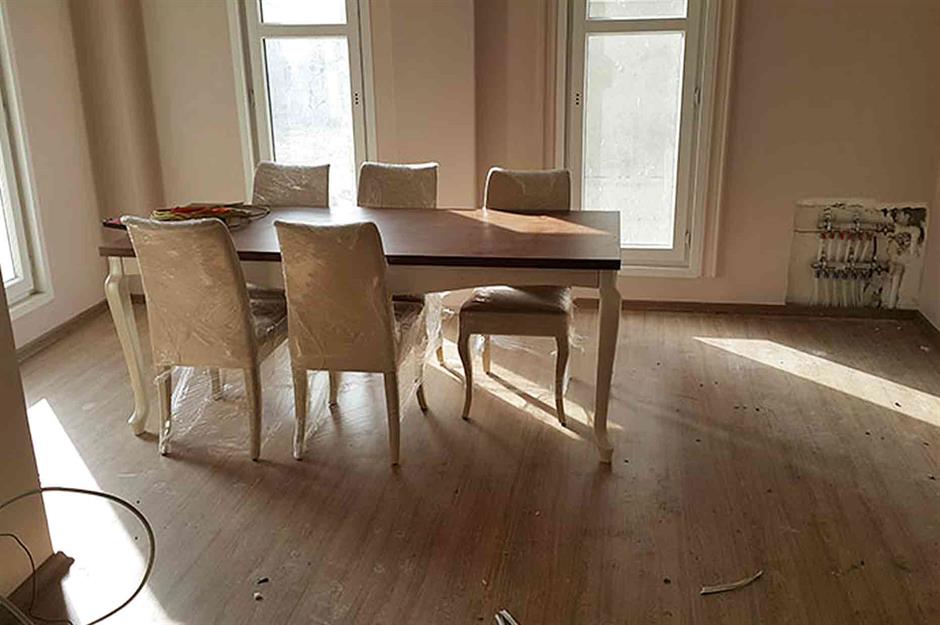
An April 2018 Instagram post from the Sarot Group demonstrates a shift in strategy in their attempts to sell the vacant houses.
The company was offering several of its villas with a flexible payment plan, according to a translation of the ad. This indicated that “a $5,000 monthly installment… and no down payment” would be paid by the purchasers. The payments would be due over a period of five years.
Bankruptcy order
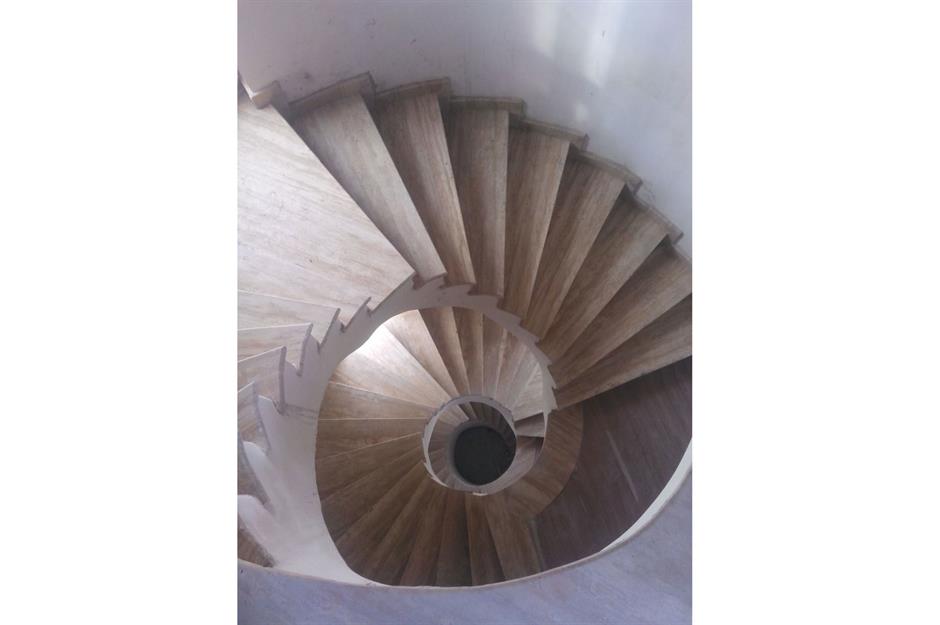
Similar to several deserted houses discovered worldwide, expenses started to skyrocket.
The court denied the Sarot Group’s request to restructure the outstanding obligations, and in November 2018, it imposed a bankruptcy order in its place. Despite cries for it to continue, construction came to an abrupt stop.
Abandoned ghost town
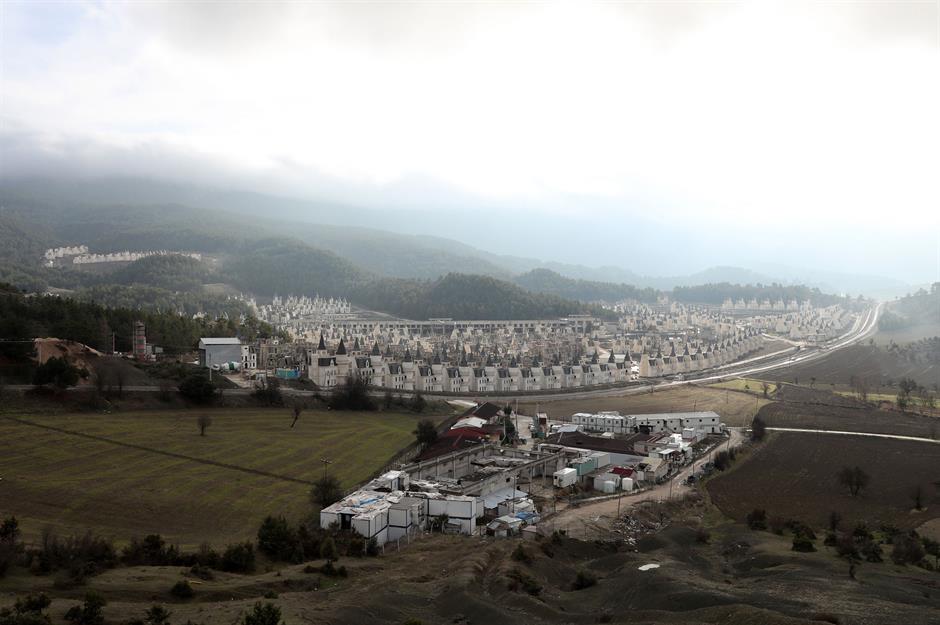
However, regrettably for the organization, not much transpired in the years that followed Yerdelen’s encouraging remarks.
Burj Al Babas is now essentially a deserted ghost town. After the firm’s attorneys filed an appeal, the court eventually permitted the Sarot Group to market the finished tiny châteaux, but the project has essentially been placed on indefinite pause.
Further delays
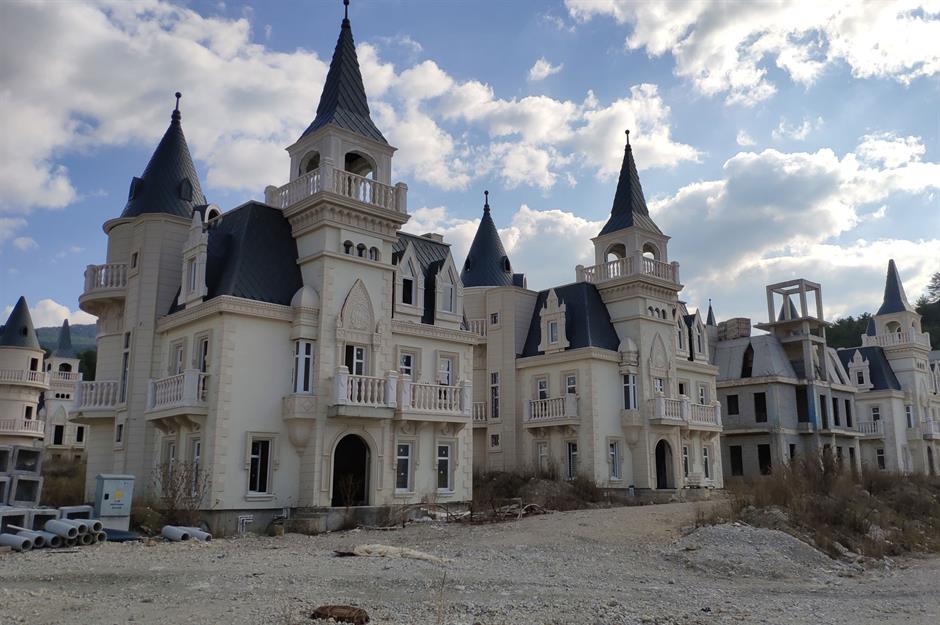
Due to bad weather, construction was once more put on hold over the winter. When the pandemic struck, lockdowns and other disease-mitigating measures probably added a further, extremely considerable delay.
Nevertheless, Burj Al Babas has seen a lot of tourists in recent years, and the deserted fantasy houses have quickly become a popular tourist destination.
Construction stalled
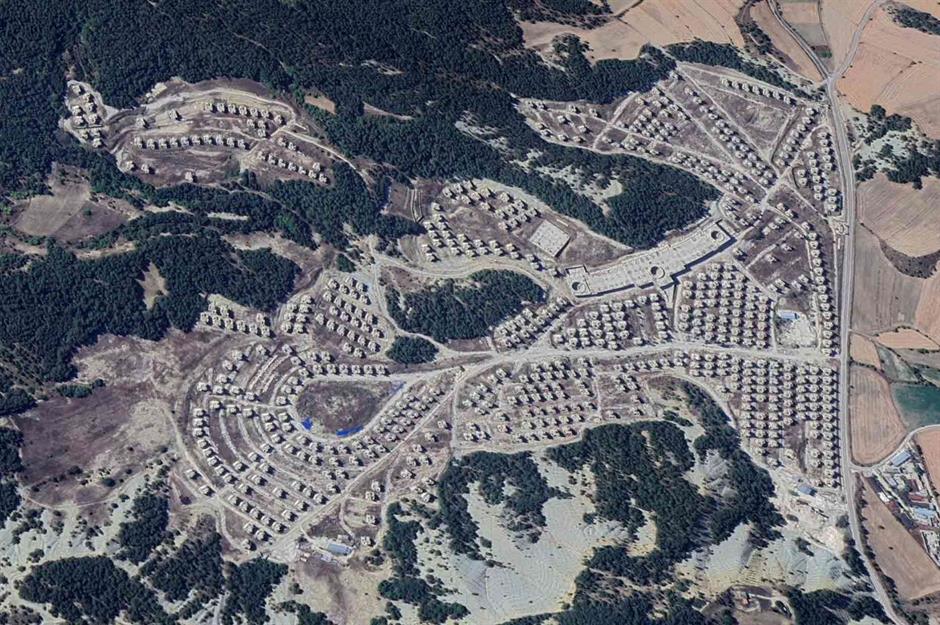
Based on this Google Earth view from September 27, 2023, Burj Al Babas appears to be in much the same abandoned state as it has been for the past few years.
Seeing the project’s enormity from above is impressive, though, as you can see all those neat rows of empty villas waiting for potential occupants.
Uncertain future
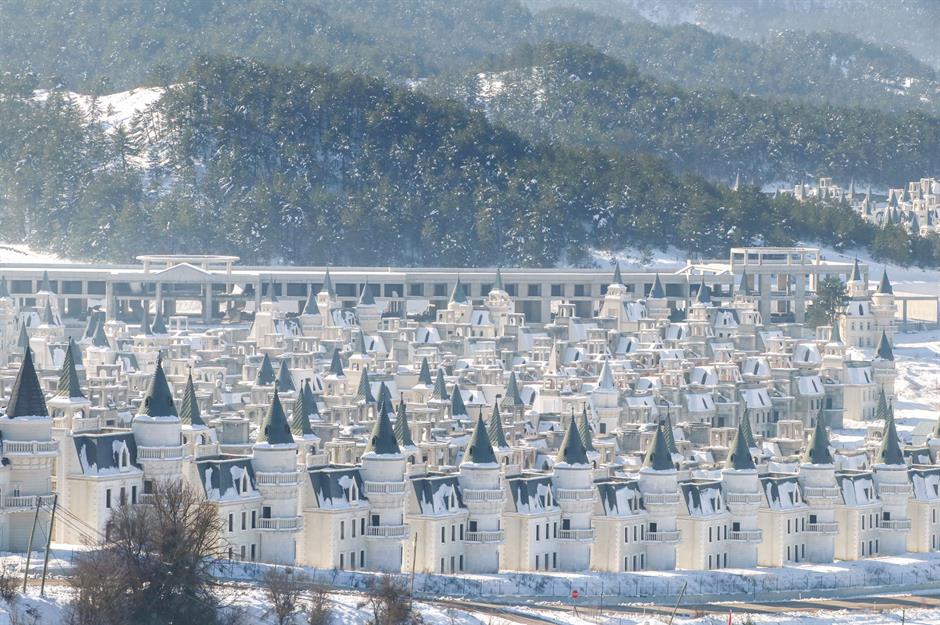
It appears like the project has been abandoned for the time being based on the lack of activity at the construction site, the most recent pictures of the development, and the project’s inactive social media accounts (their last Facebook post was made in January 2022).
Who knows if the magnificent plan of this misfortuned town would ever come to pass. Hopefully Burj Al Babas will eventually receive the fantastical makeover it so desperately needs.